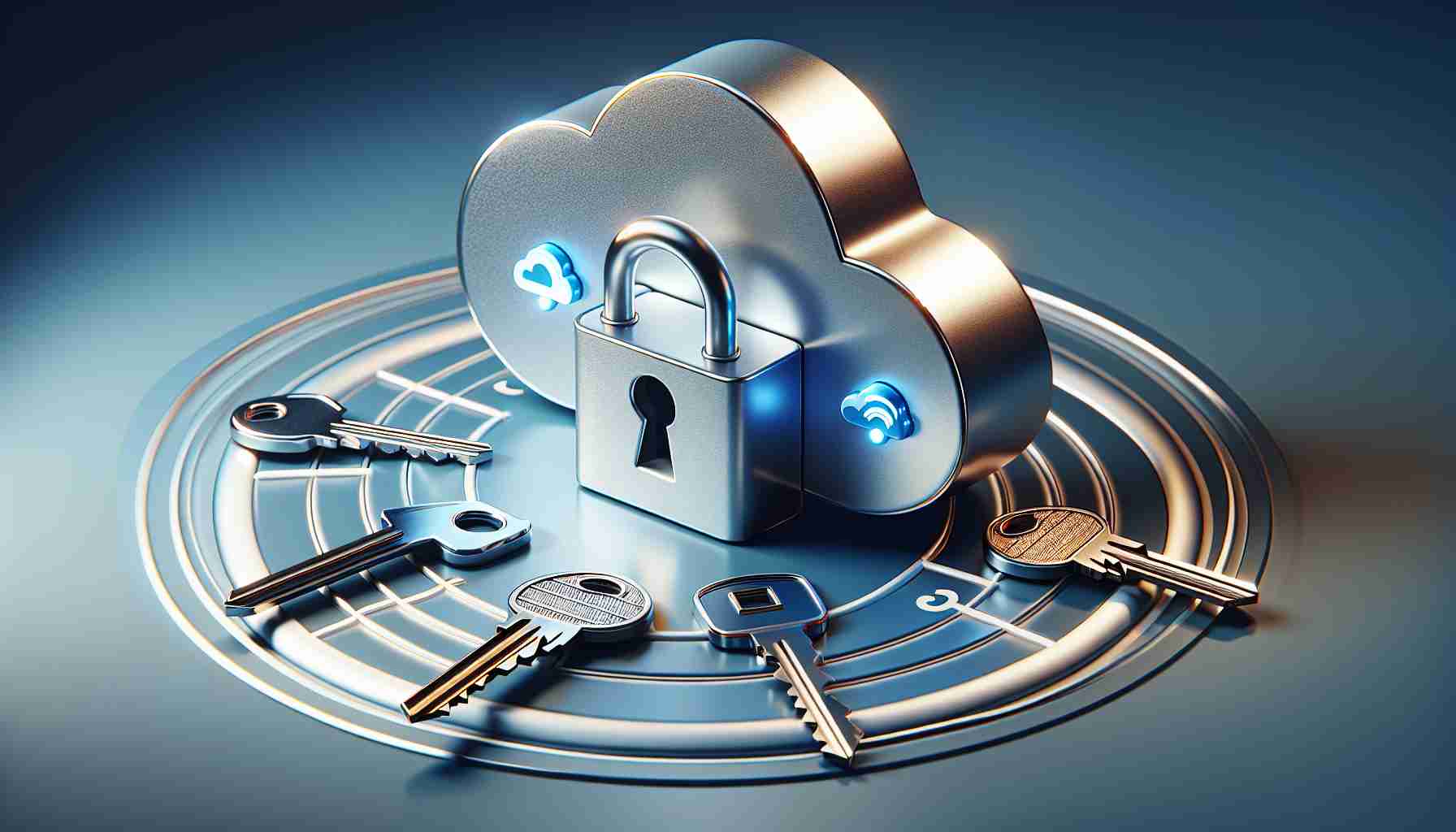In a recent cybersecurity incident, threat actors targeted Snowflake customers, showcasing the vulnerability of cloud storage systems to credential-based attacks. Instead of deploying intricate hacking techniques, the attackers leveraged stolen credentials to gain unauthorized access to sensitive data. The compromised accounts lacked multi-factor authentication, allowing the threat actors to easily infiltrate the systems with just a username and password.
This breach highlights the pressing need for organizations to implement robust security measures, particularly multi-factor authentication. By requiring additional verification steps beyond passwords, MFA significantly bolsters defense mechanisms against unauthorized access attempts, even in cases where credentials have been compromised through methods like phishing or malware.
Moreover, effective credential management is pivotal in safeguarding sensitive information. Monitoring the Dark Web for exposed credentials and promptly responding to potential breaches can mitigate risks and prevent unauthorized access to critical data. Organizations must also stay vigilant against cyber campaigns targeting their service providers, taking proactive steps to update credentials and enhance security protocols.
As cyber threats continue to evolve, the proactive adoption of security best practices like multi-factor authentication and vigilant credential management are essential for protecting cloud data. By fortifying defenses and staying ahead of emerging risks, organizations can safeguard their sensitive information and uphold the integrity of their digital infrastructure.
FAQ Section:
1. What is multi-factor authentication (MFA)?
Multi-factor authentication is a security process that requires users to provide two or more forms of verification before gaining access to an account or system. This typically includes something the user knows (like a password) and something they have (like a code sent to their phone).
2. How did threat actors exploit the vulnerability in cloud storage systems?
The threat actors targeted Snowflake customers by using stolen credentials to access sensitive data. They took advantage of accounts lacking multi-factor authentication, making it easier for them to infiltrate the systems with just a username and password.
3. Why is effective credential management important?
Effective credential management is crucial for safeguarding sensitive information. Monitoring the Dark Web for exposed credentials, responding promptly to potential breaches, and updating credentials are key steps in mitigating risks and preventing unauthorized access to critical data.
4. What are some security best practices for protecting cloud data?
Implementing multi-factor authentication, staying alert against cyber threats targeting service providers, and enhancing security protocols are essential for safeguarding cloud data. By proactively adopting these measures, organizations can strengthen defenses and protect their digital infrastructure.
Definitions:
1. Credential-based attacks: Attacks that exploit stolen credentials, such as usernames and passwords, to gain unauthorized access to systems or accounts.
2. Multi-factor authentication (MFA): A security method that requires users to provide two or more forms of verification to access an account, enhancing security beyond just passwords.
3. Dark Web: The part of the internet that is not indexed by search engines and is often associated with illicit activities, including the buying and selling of stolen data and credentials.
Suggested Related Links:
1. Official Snowflake Website
2. Government Cybersecurity Portal











